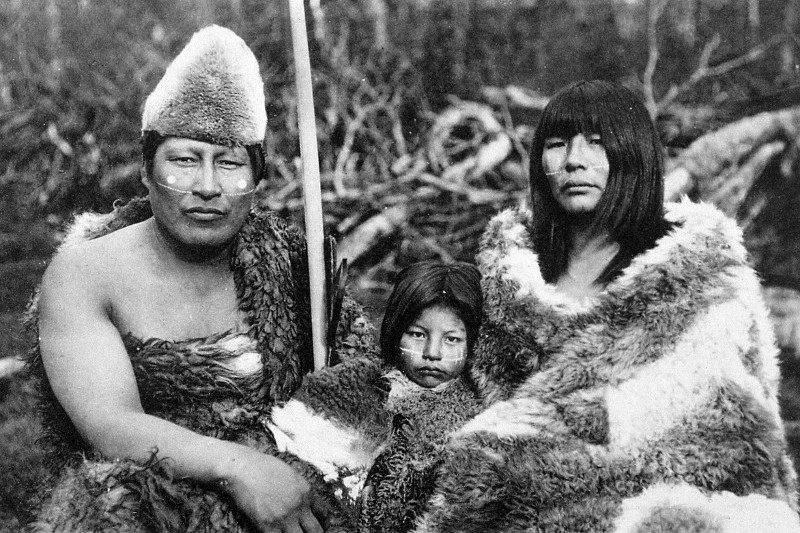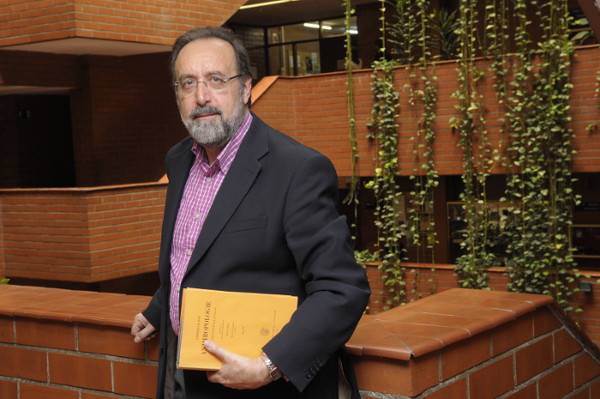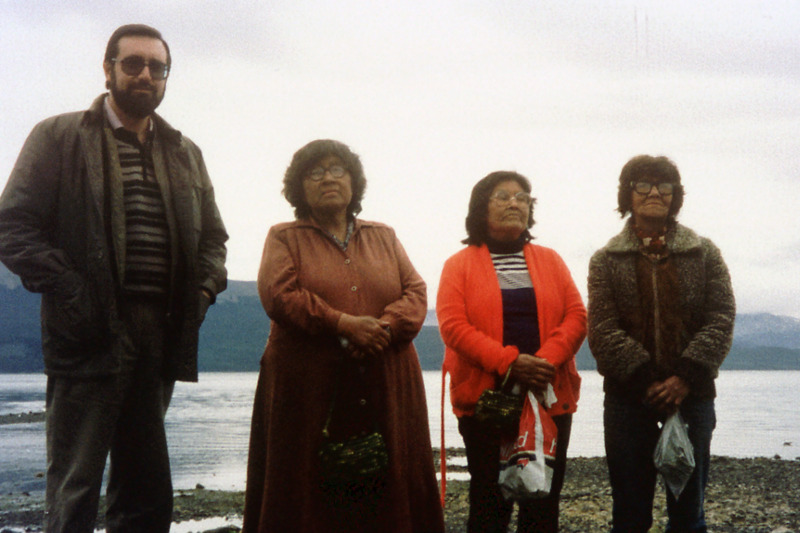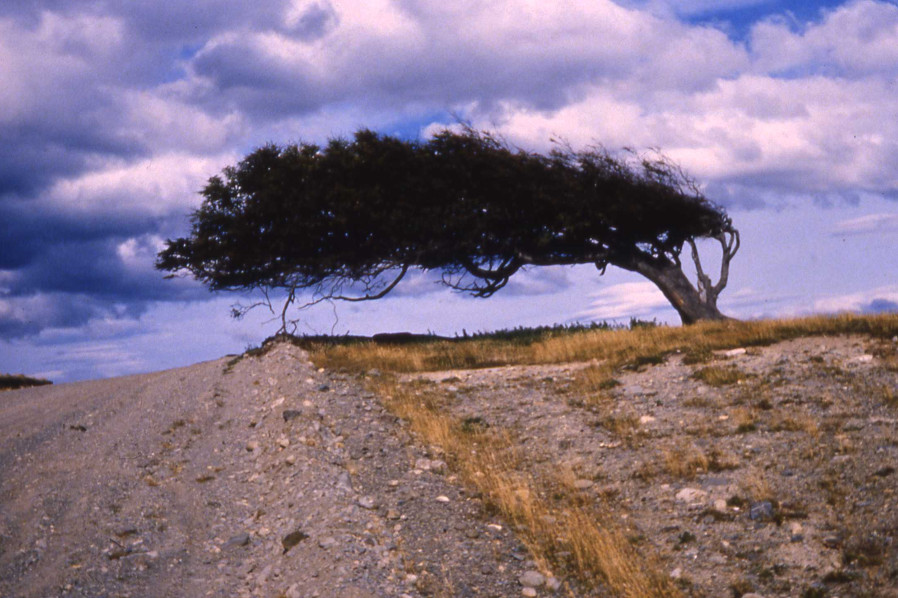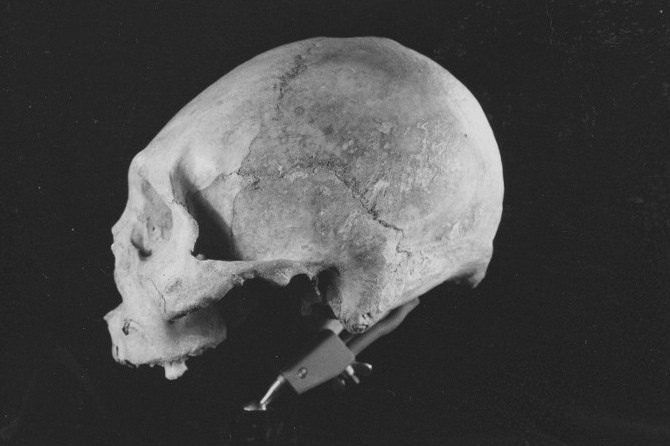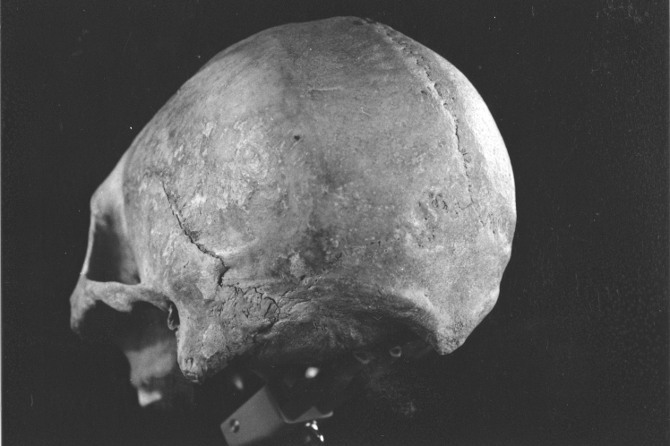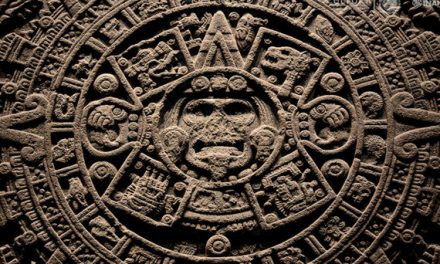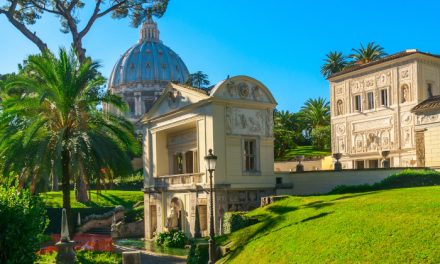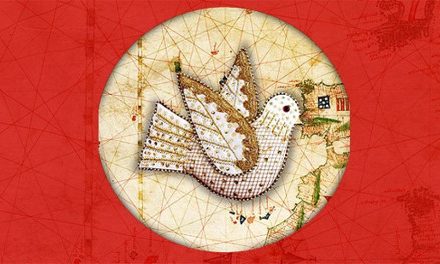Daniel Turbón, professor emeritus of Physical Anthropology at the University of Barcelona and full academician of the Royal European Academy of Doctors-Barcelona 1914 (RAED), has published in the American Journal of Human Biology the work “Quantitative discrimination of deformation in Fueguian crania”, where he studies together with Alina Lucea and Miquel Salicrú the origin and anthropomorphic characteristics of the first inhabitants of Tierra de Fuego, in the extreme south of the American continent. The scientific investigations carried out in the last 30 years have determined that these ethnic groups don’t come from an Australoid or ancestral group, different from the Amerindians, nor do they have different bone adaptations, except those produced by their long isolation.
The authors elaborated and studied 180 craniograms (orthogonal projections) of Fuegians, from various European and American collections, of duly accredited authenticity. They detected that there were skulls not deformed and deformed skulls, in the lives of individuals, not intentionally as in the case of the Patagonians. Knowing if they are deformed or not is relevant in the interpretation of the origin of these populations, since some studies have suggested that these deformations are not such but paleomorphic human beings, older than the current ones.
The skulls of a particular group, the one of the terrestrial hunters called Selknam, present cranial structures of great robustness, as well as inclination of the frontal bone. In a previous study it has already been established that this cranial reinforcement may be due to the expression of the genes in a 10,000 year old isolation in Tierra de Fuego, where the so-called founder effect or differential reproduction of a certain morphotype would have increased. In the Yamana ethnic group (marine hunters) there have been slight flattening of the upper part of the head that could correspond to their work activity.
Turbón is coordinator of the Teaching Innovation Group of Biology and Culture of the University of Barcelona. As a researcher he has led 16 projects, seven of them in molecular biology. He is currently investigating the origin of human growth and development. He has published 241 scientific papers and is the author, among others, of reference books such as “La evolución humana” (Human evolution) (Ariel, 2006) and “Darwin y el mono” (Darwin and the monkey) (Sello Editorial, 2009).
View the research article at the Wiley Online Library
- Dr. Daniel Turbón
- Selknam hunter-terrestrial family, now extinct
- The last fueguinas. From left to right, Ermelinda Acuña and the sisters Úrsula and Cristina Calderón, with Daniel Turbón. View taken from south to north, in Puerto Williams (Chile). In the background there is the Beagle Channel and the Big Island Tierra del Fuego
- Flag tree of Tierra del Fuego. Its inclination indicates permanent strong winds and the inhospitable climate of Tierra del Fuego
- Deformed Fuegian skull. The exaggerated inclination of the frontal corresponds to a nuchal bony projection, where the muscles that allow the head to stretch backwards act
- Posterior oblique view showing the exaggerated bony protuberance produced by an effort of the individual with the nuchal muscles, from a very young age, when the skull was still very plastic
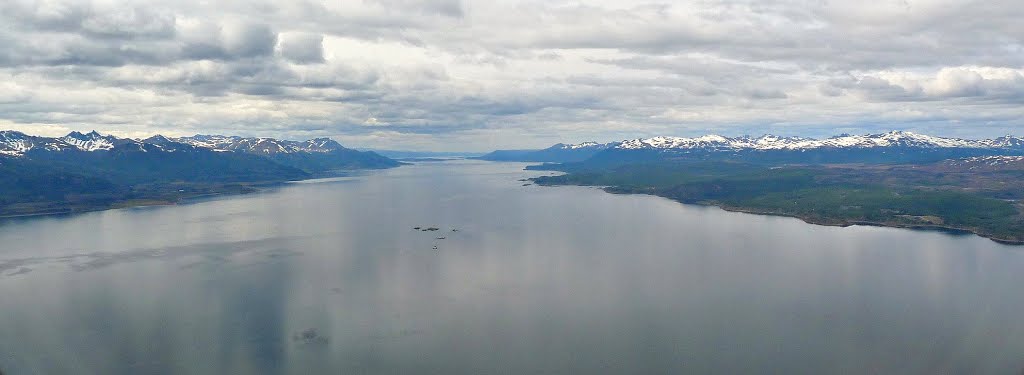
The Beagle Channel was the habitat of the Fueguinos canoes. It is named after the ship by Robert FitzRoy who explored him, in 1833, carrying on board C.R. Darwin on a historic trip. It is a step between the Atlantic and Pacific Oceans that avoids the alternative route of bending the dangerous Cape Horn. In photography: view to the east

